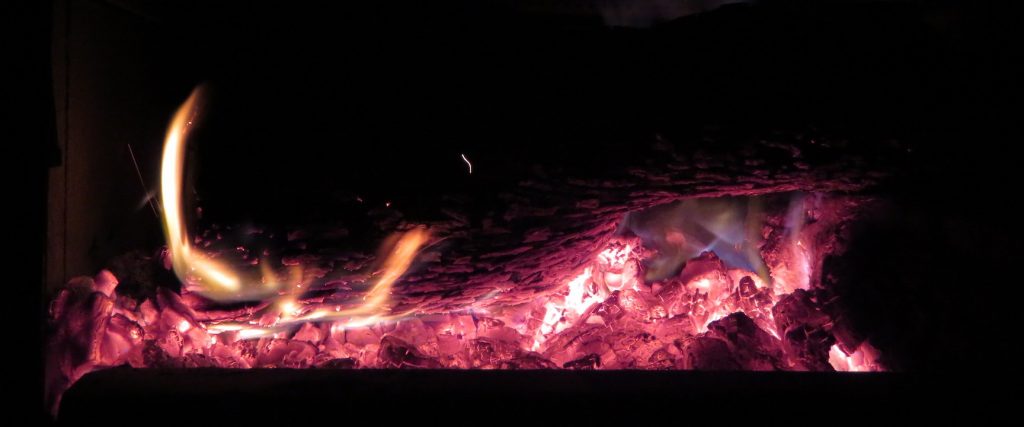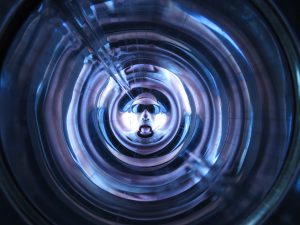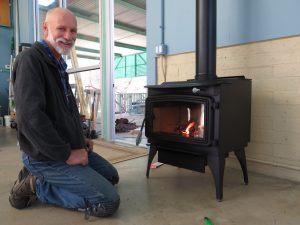Nothing quite like a wood burning stove

 A year ago today my neighbor and good friend David and I completed installation of a wood burning stove in my Arizona wilderness home. My electric bill dropped by more than 50% overnight, and my deep satisfaction with a fully renewable energy source remains unquantified by percentage or monetary value.
A year ago today my neighbor and good friend David and I completed installation of a wood burning stove in my Arizona wilderness home. My electric bill dropped by more than 50% overnight, and my deep satisfaction with a fully renewable energy source remains unquantified by percentage or monetary value.
With 17 acres of mesquite forest, a maul, and a weekly workout, the main floor of my house is heated with the radiant heat of a single stove. As expressed in The axe and the fire, the manual preparation of wood for heating a home is gratifying in ways difficult to describe. Yes, it’s hard work. Yes, it takes time. And it is intentional, meditative, and a good workout that makes one truly appreciate warmth felt.


